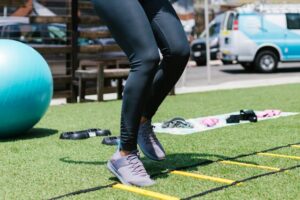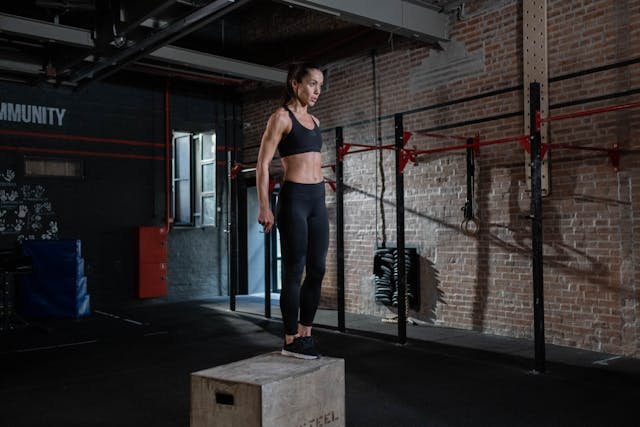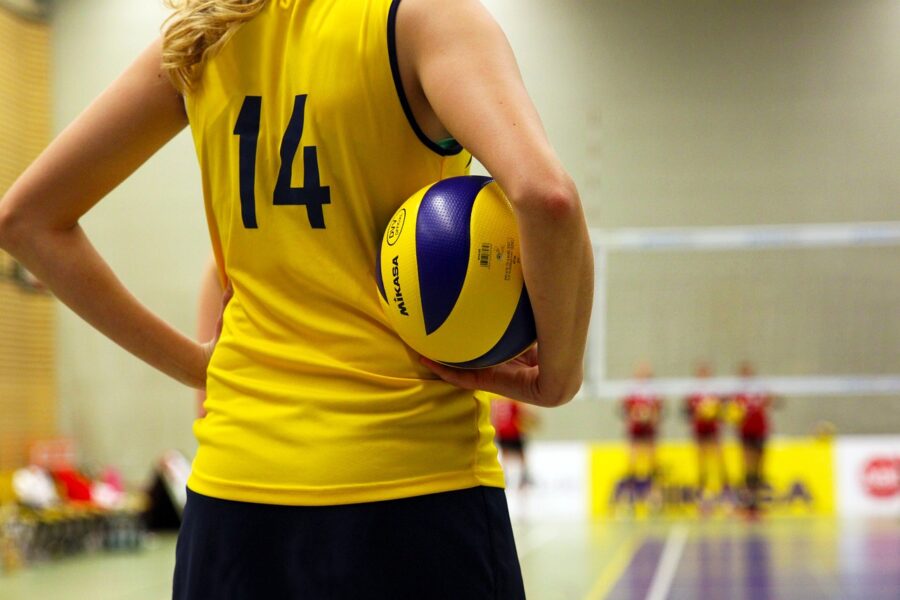Speed and agility are critical skills in sports that can make a difference between victory and defeat. Much like selecting the best driver can elevate your golf game, choosing the right exercises can significantly enhance your athletic performance. Whether you’re on the basketball court, soccer field, or track, the ability to move quickly and easily change direction is essential. Agility allows athletes to react faster, outmaneuver opponents, and minimize the risk of injury. Quickness, on the other hand, enhances your acceleration and burst of speed when needed. Fortunately, both agility and quickness can be improved through targeted exercises. In this article, we’ll highlight exercises designed to boost your performance and make you a more efficient athlete.
Ladder Drills
 Ladder drills are among the most effective ways to improve foot speed and coordination. A flat agility ladder is placed on the ground, and you quickly step in and out of the squares in various patterns, such as high knees, side steps, or crossover steps. This challenges your ability to move your feet fast while maintaining balance and control.
Ladder drills are among the most effective ways to improve foot speed and coordination. A flat agility ladder is placed on the ground, and you quickly step in and out of the squares in various patterns, such as high knees, side steps, or crossover steps. This challenges your ability to move your feet fast while maintaining balance and control.
The benefit of ladder drills is that they increase the speed of your neural pathways, allowing your muscles to react quicker during rapid movements in sports. As you improve, you can modify the patterns for greater complexity, helping to fine-tune your footwork.
Cone Drills
Cone drills are another essential exercise that focuses on your ability to change direction rapidly. Cones are set up in specific formations, such as zig-zags, T-drills, or square drills, and you sprint between them, making sharp turns and quick stops. This type of training replicates the unpredictable movements required during a game, such as dodging an opponent or chasing after a ball. The rapid direction changes also build core strength, improve your reaction time, and enhance your lateral movement, which is crucial in sports like basketball, soccer, and tennis.

Box Jumps
Box jumps are perfect for building explosive leg power, vital for quick acceleration and jumping ability. This exercise involves jumping from the ground onto a raised platform, focusing on a powerful upward motion. Box jumps increase your vertical jump and strengthen the muscles in your legs—particularly the glutes, quads, and calves. Enhancing these muscles improves your sprinting speed and ability to make fast movements, such as jumping for a rebound in basketball or sprinting downfield in football.
Sprints with Resistance Bands
Sprinting with resistance bands adds intensity to your speed training by forcing your muscles to work against tension. By wearing a resistance band around your waist or legs while sprinting, you increase the difficulty of each stride, which strengthens your fast-twitch muscle fibers responsible for explosive movements. These fibers are crucial for short bursts of speed, helping athletes accelerate quickly during vital moments in sports, like a breakaway in soccer or sprinting after a tennis ball. Over time, this training improves overall speed and power.
Lateral Plyometric Jumps
 Lateral plyometric jumps are designed to improve side-to-side movement, a critical skill in sports requiring quick directional changes. By jumping laterally from side to side over a small barrier or marker, you train your legs to produce powerful, explosive movements in both directions.
Lateral plyometric jumps are designed to improve side-to-side movement, a critical skill in sports requiring quick directional changes. By jumping laterally from side to side over a small barrier or marker, you train your legs to produce powerful, explosive movements in both directions.
This enhances lateral quickness and improves balance, coordination, and the ability to react faster to movements on the field or court. Sports like tennis, basketball, and football greatly benefit from improved lateral mobility, allowing you to dodge defenders or track fast-moving objects.
By consistently incorporating these five exercises into your regular training routine, you can significantly boost your agility and quickness, offering a competitive edge in any sport. These drills—ladder drills, cone drills, box jumps, sprints with resistance bands, and lateral plyometric jumps—target different aspects of your movement, ensuring a comprehensive improvement in your athletic performance.




 One of the best ways to stay fit and stress-free this winter is to be prepared for inclement weather. This means ensuring you have the right gear to keep you warm and dry when it’s cold and snowy outside.
One of the best ways to stay fit and stress-free this winter is to be prepared for inclement weather. This means ensuring you have the right gear to keep you warm and dry when it’s cold and snowy outside. Even though things will get pretty hectic this winter, it’s essential to make time for yourself to relax and enjoy life. This may mean taking a few minutes each day to read your favorite book, taking a relaxing bath, or going for a walk in nature.
Even though things will get pretty hectic this winter, it’s essential to make time for yourself to relax and enjoy life. This may mean taking a few minutes each day to read your favorite book, taking a relaxing bath, or going for a walk in nature.
 want to tighten loose vagina. This exercise has been proven to be effective when performed correctly. This unique exercise often targets the pelvic muscles, a factor that helps you tighten a sagging vagina.
want to tighten loose vagina. This exercise has been proven to be effective when performed correctly. This unique exercise often targets the pelvic muscles, a factor that helps you tighten a sagging vagina. Another common way of tightening a loose vagina is through the use of vaginal cone. A vaginal cone looks like a regular tampon, but it has weights that have been attached to it.
Another common way of tightening a loose vagina is through the use of vaginal cone. A vaginal cone looks like a regular tampon, but it has weights that have been attached to it.